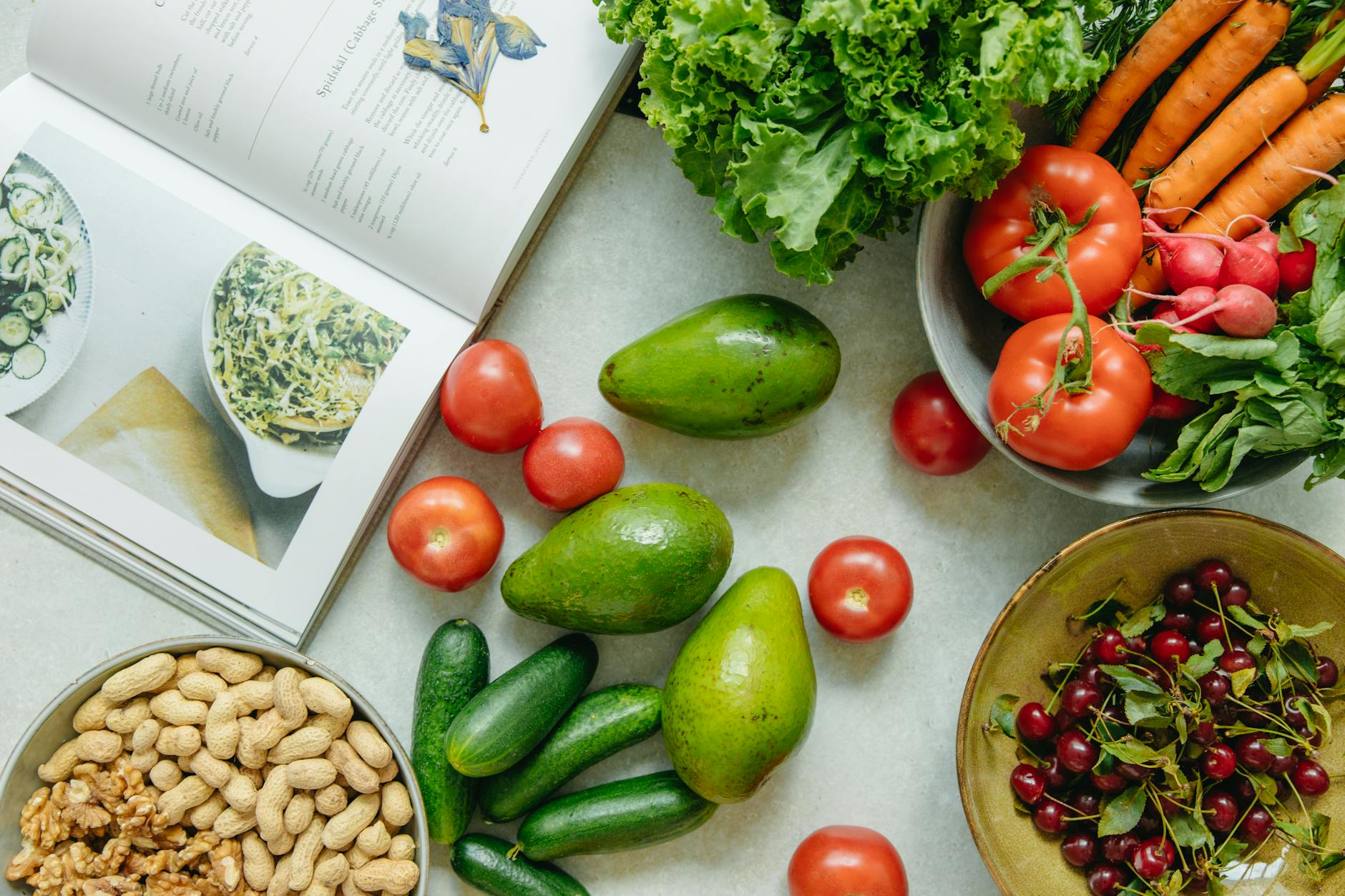Uncover the secrets to thriving with Celiac Disease on a gluten-free diet. Transform your health with these practical tips!
Table of Contents
Celiac disease is an autoimmune disorder that affects the small intestine. When individuals with celiac disease consume gluten, a protein found in wheat, barley, and rye, their immune system responds by attacking the lining of the small intestine. This can lead to various symptoms such as diarrhea, bloating, fatigue, and weight loss.
Symptoms of Celiac Disease
The symptoms of celiac disease can vary widely from person to person. Some individuals may experience digestive issues such as diarrhea, constipation, or bloating, while others may experience skin rashes, fatigue, or neurological symptoms. It is important to consult with a healthcare provider if you suspect you may have celiac disease.
Diagnosis and Treatment
Diagnosing celiac disease typically involves a blood test to check for antibodies that are produced in response to gluten. A confirmation of the diagnosis is usually done through a biopsy of the small intestine. The primary treatment for celiac disease is following a strict gluten-free diet.
Living Gluten-Free
Adopting a gluten-free lifestyle can initially seem daunting, but with the right resources and knowledge, it can become manageable and even enjoyable.
Gluten-Free Diet Basics
When following a gluten-free diet, it is important to avoid all sources of gluten, including wheat, barley, and rye. This means reading food labels carefully, cooking with gluten-free ingredients, and being cautious of cross-contamination in shared kitchen spaces.
Gluten-Free Food Alternatives
There are now countless gluten-free alternatives to popular gluten-containing foods such as bread, pasta, and baked goods. Gluten-free flours like almond flour, coconut flour, and chickpea flour can be used in place of traditional wheat flour.
Eating Out Safely
Dining out can present challenges for individuals with celiac disease, as cross-contamination is a common issue in restaurants. It is important to communicate your dietary needs to restaurant staff, ask questions about food preparation, and seek out restaurants that offer gluten-free options.
Maintaining a Healthy Lifestyle
While managing celiac disease through a gluten-free diet is essential, there are other factors to consider when maintaining overall health and well-being.
Nutritional Supplements
Individuals with celiac disease may be at risk for certain nutritional deficiencies, notably in iron, calcium, and vitamin D. It is important to work with a healthcare provider to determine if supplementation is necessary to address any deficiencies.
Physical Activity
Regular physical activity is beneficial for overall health and can help improve digestion, boost energy levels, and reduce stress. Finding activities that you enjoy, whether it’s yoga, biking, or walking, can help you stay active and fit.
| Topic | Description |
|---|---|
| What is Celiac Disease? | Celiac disease is an autoimmune disorder where consuming gluten triggers an immune response that damages the small intestine. |
| Symptoms | Common symptoms include abdominal pain, bloating, diarrhea, fatigue, and weight loss. |
| Diagnosis | Diagnosis is typically done through blood tests to check for antibodies and an intestinal biopsy to look for damage. |
| Treatment | The only treatment for Celiac disease is following a strict gluten-free diet. |
| Gluten-Free Diet | Avoid foods containing wheat, barley, rye, and any cross-contaminated products. Stick to naturally gluten-free foods like fruits, vegetables, meats, and grains like rice and quinoa. |
| Resources | There are many resources available, including support groups, gluten-free cookbooks, and websites with gluten-free recipes. |
Mental Health Support
Living with a chronic condition like celiac disease can be challenging, both physically and emotionally. Seeking support from a therapist, joining a support group, or practicing mindfulness and meditation can help manage stress and improve mental well-being.
Making Gluten-Free Living Enjoyable
Embracing a gluten-free lifestyle does not mean sacrificing flavor or variety in your meals. With creativity and a positive mindset, you can discover a world of delicious gluten-free recipes and products.
Exploring New Ingredients
Experimenting with unique and nutrient-dense gluten-free ingredients such as quinoa, buckwheat, and teff can expand your culinary repertoire and add excitement to your meals. Don’t be afraid to try new recipes and cuisines to keep your gluten-free diet interesting.
Connecting with Others
There are many online communities, social media groups, and local support groups for individuals with celiac disease. Connecting with others who share similar experiences can provide encouragement, recipe ideas, and a sense of community.
Celebrating Victories
As you navigate the challenges of living with celiac disease, it’s important to celebrate your successes, no matter how small. Whether it’s finding a new favorite gluten-free product or successfully dining out at a restaurant, acknowledging your accomplishments can boost your confidence and motivation.
Final Thoughts
Managing celiac disease and maintaining a gluten-free lifestyle requires dedication and persistence, but it is entirely achievable with the right information and support. Embrace the opportunity to explore new foods, connect with others, and prioritize your health and well-being as you navigate the journey of gluten-free living.
Frequently Asked Questions
What are the common symptoms of celiac disease?
Answer 1: Common symptoms of celiac disease include abdominal pain, bloating, diarrhea, fatigue, and weight loss. Individuals may also experience skin rashes, neurological symptoms, and digestive issues.
How is celiac disease diagnosed?
Answer 2: Celiac disease is typically diagnosed through blood tests to check for antibodies and a biopsy of the small intestine to look for damage. It is important to consult with a healthcare provider for an accurate diagnosis.
What are some gluten-free food alternatives?
Answer 3: Gluten-free food alternatives include almond flour, coconut flour, and chickpea flour as substitutes for traditional wheat flour. Other options include gluten-free pasta, bread, and baked goods made from rice flour, tapioca flour, or cornmeal.
How can I eat out safely with celiac disease?
Answer 4: When dining out with celiac disease, it is important to communicate your dietary needs to restaurant staff, ask about food preparation methods, and choose restaurants that offer gluten-free options. Be cautious of cross-contamination and potential hidden sources of gluten in dishes.





